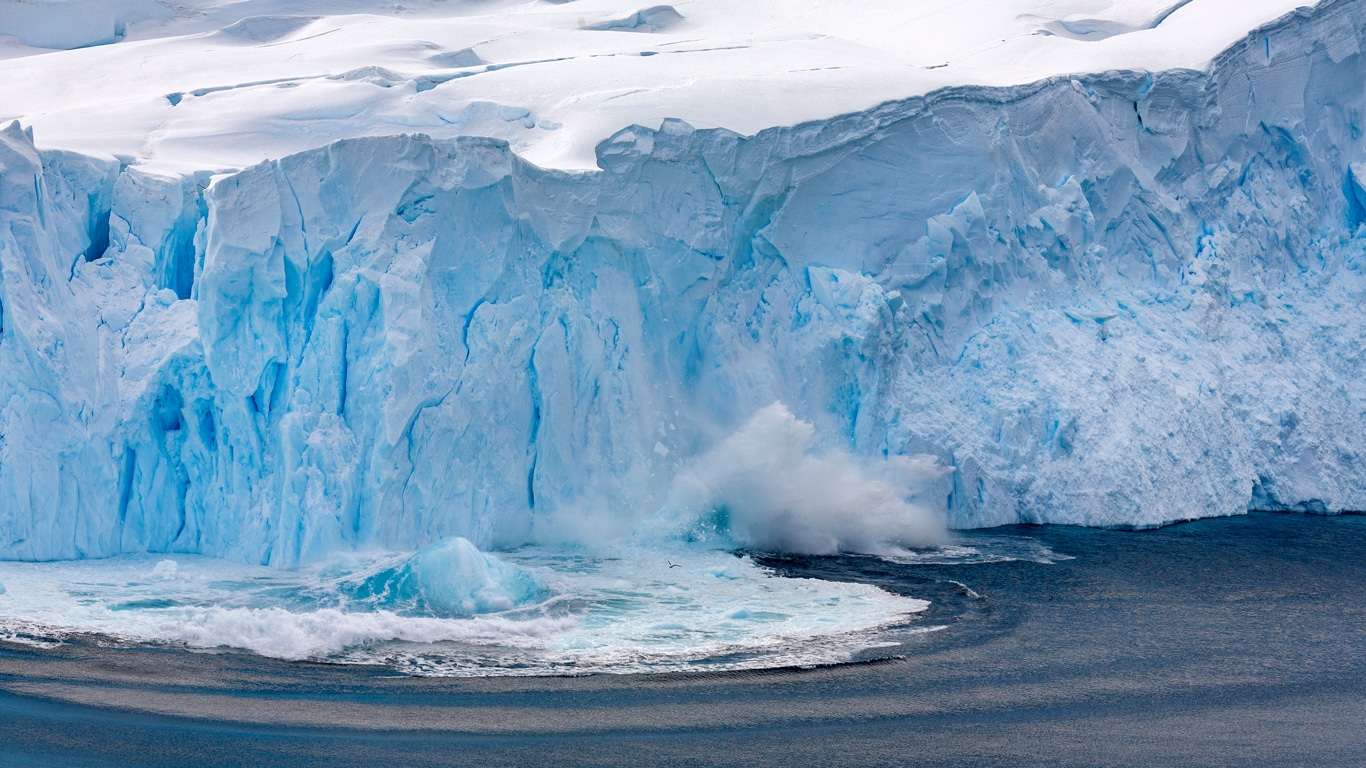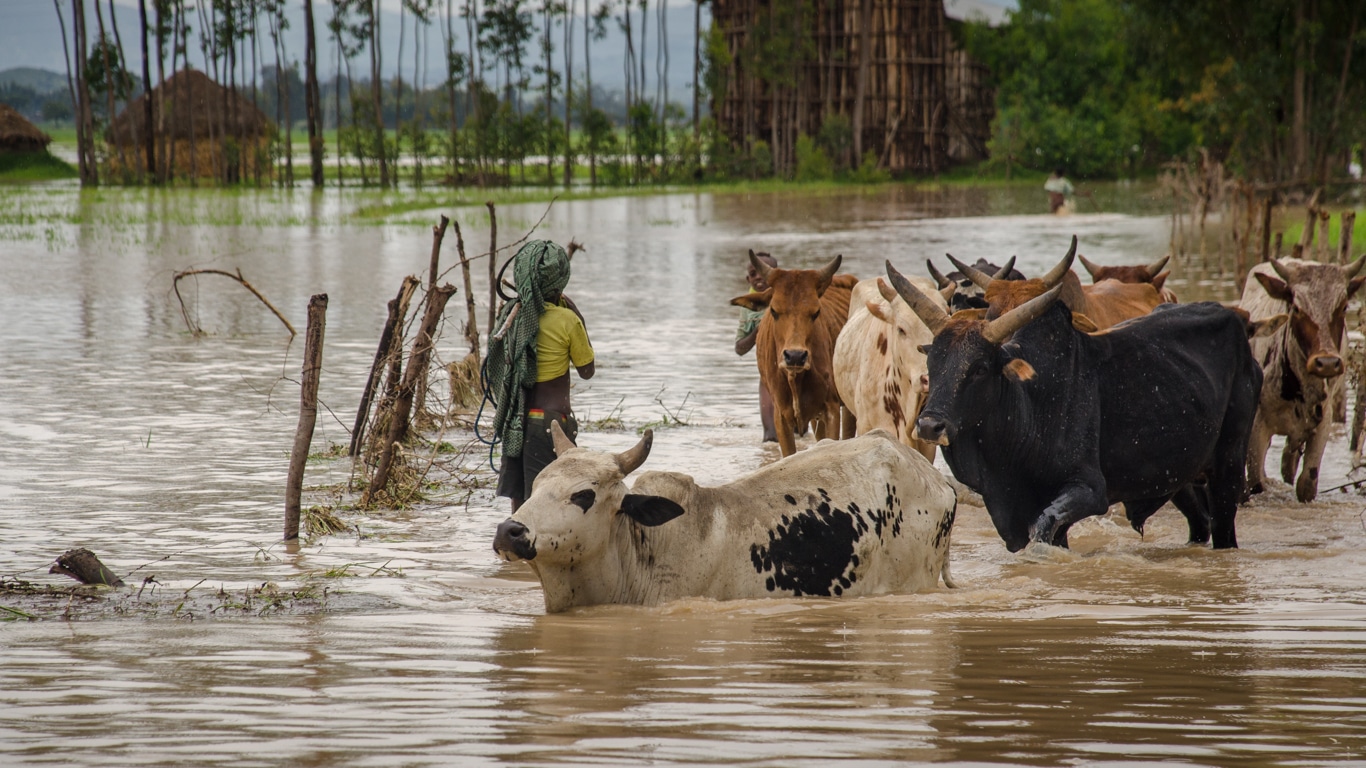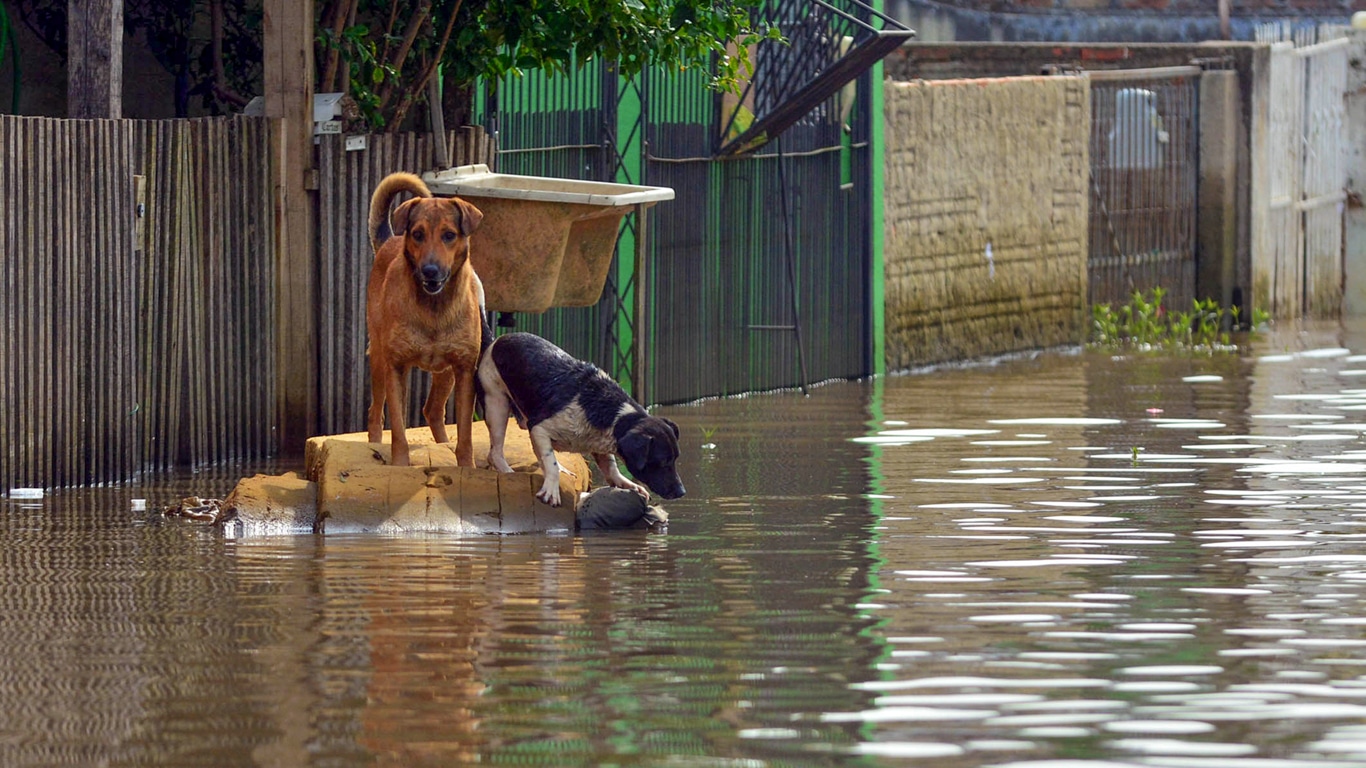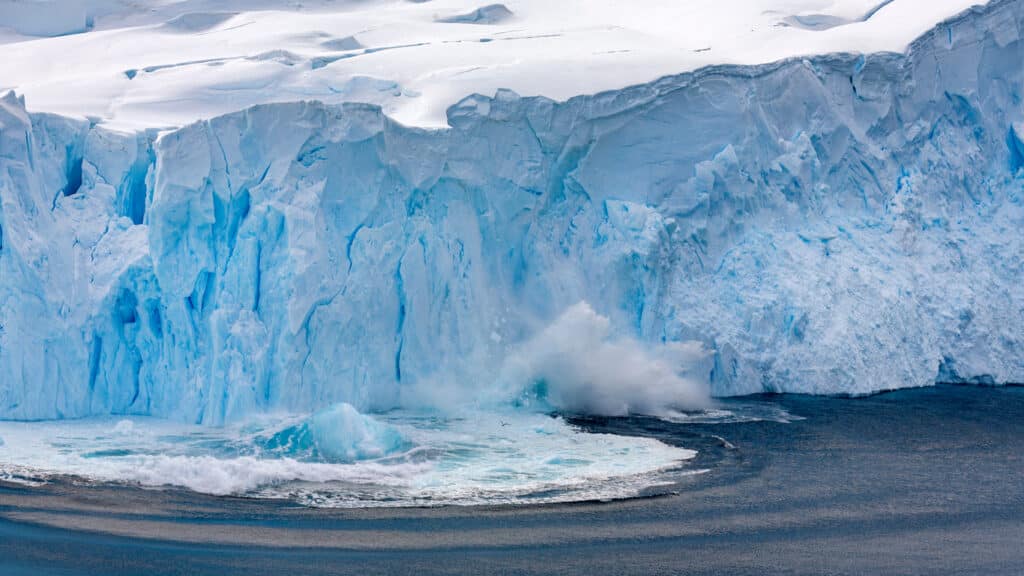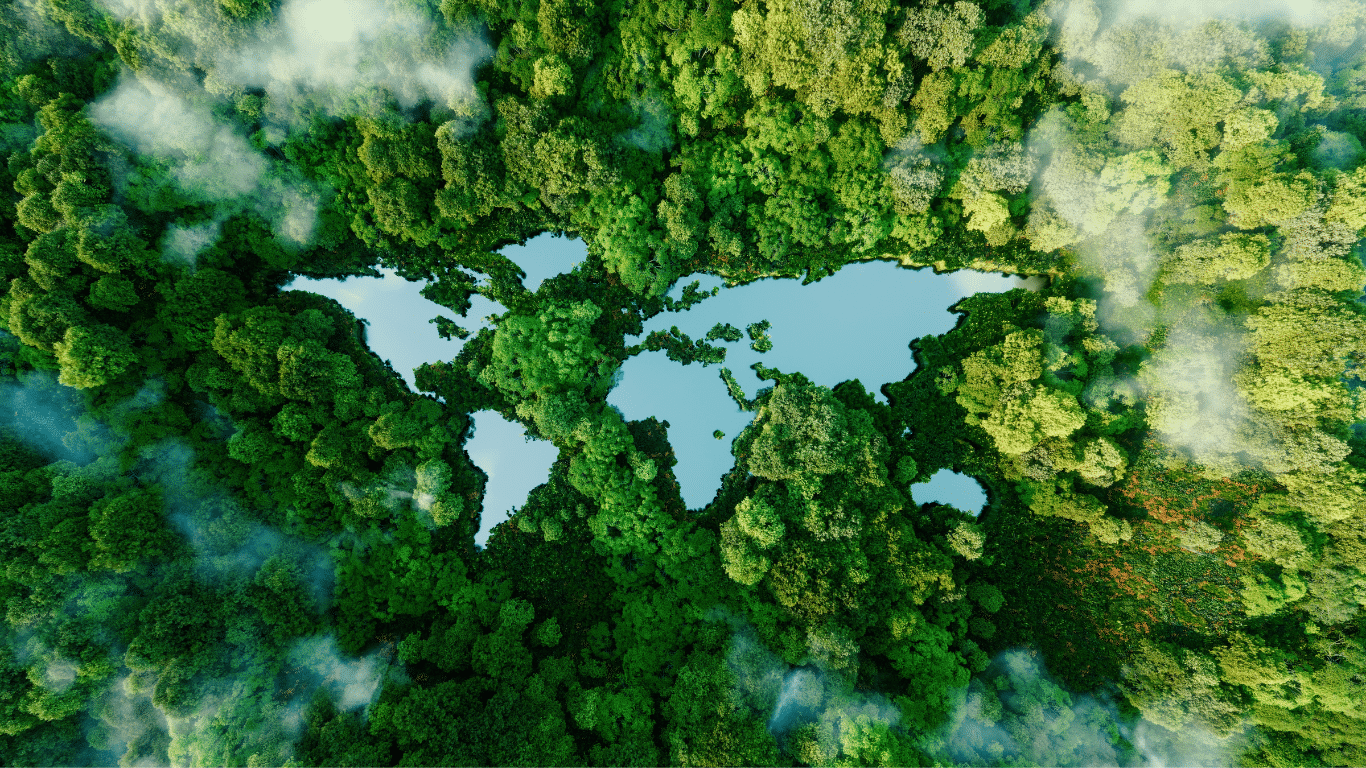A study published this week has revealed that the so-called ‘Doomsday’ glacier – an Antarctic glacier that buffers warming seas from the large Antarctic ice sheet – could melt much faster than predicted, Business Insider reports. Officially called the Thwaites Glacier, it is monitored closely by researchers. But a new undersea survey has shown that it has melted much faster than previously – and if the trend continues, it could be catastrophic for the planet.
Should the Thwaites Glacier and its surrounding ice basins melt, it could raise sea levels by anywhere between three and 10 feet. This, combined with the Florida-sized glacier’s buffering role in the ocean, has given it its apocalyptic nickname.
According to Climate Central, a 10-foot rise in sea levels would result in the loss of 28,800 square miles (74,592 square kilometers) of US land, displacing as many as 12,3 million people. At the time these figures were reported, a 200-year timeframe was given for such a rise. However, the new drone-based study, led by the University of South Florida (USF), found that the Thwaites glacier has melted far faster in past centuries than has been observed in recent years – which indicates that a similar quickened pace of retreat could happen in future.
Underwater drones mapped the sea floor beneath the glacier for the first time, revealing ridges ‘like a footprint’ showing where the base of the glacier previously sat. The mapping revealed that at some point in the last 200 years, the glacier had contracted twice as fast as has been observed in more recent years.
"Thwaites is really holding on today by its fingernails, and we should expect to see big changes over small timescales in the future – even from one year to the next – once the glacier retreats beyond a shallow ridge in its bed," said marine geophysicist from the British Antarctic Survey, Dr Robert Larter, who authored the study.
"Just a small kick to Thwaites could lead to a big response,” added USF marine geophysicist leading the study, Alastair Graham.
Thwaites’ melting rate was previously monitored using satellite images. In 2020, a study of those images found that Thwaites and its neighbor, the Pine Island Glacier, were breaking apart faster than previously believed even at that time, according to Insider.
Thwaites has been protected in part by an ice shelf that scientists have observed rapidly deteriorate in recent years. In December last year, scientists predicted that that shelf is on track to melt within five years.
“Climate change can be neither debated nor ignored,” said David Barritt, executive director of Animal Survival International (ASI).
“A mounting body of research shows that we risk losing critical habitats, placing the survival of not only animals, but humans, in severe peril. Without urgent action at both an individual and global level, the future looks dismal for our planet.”

